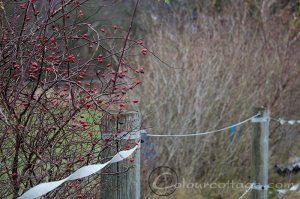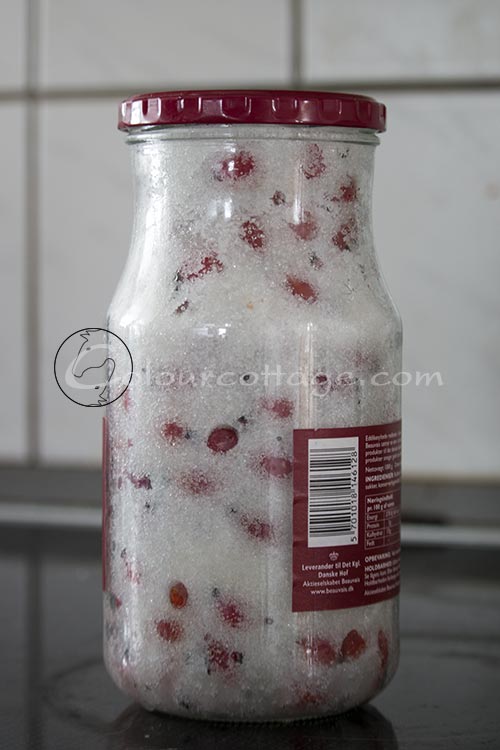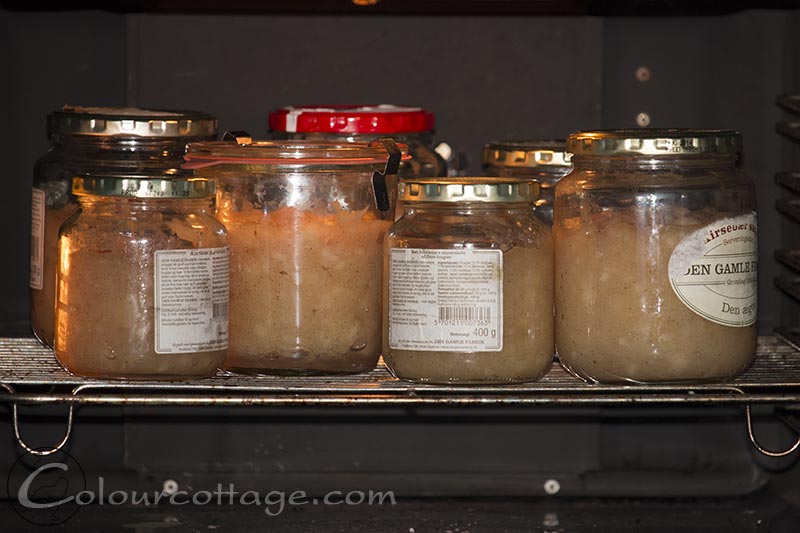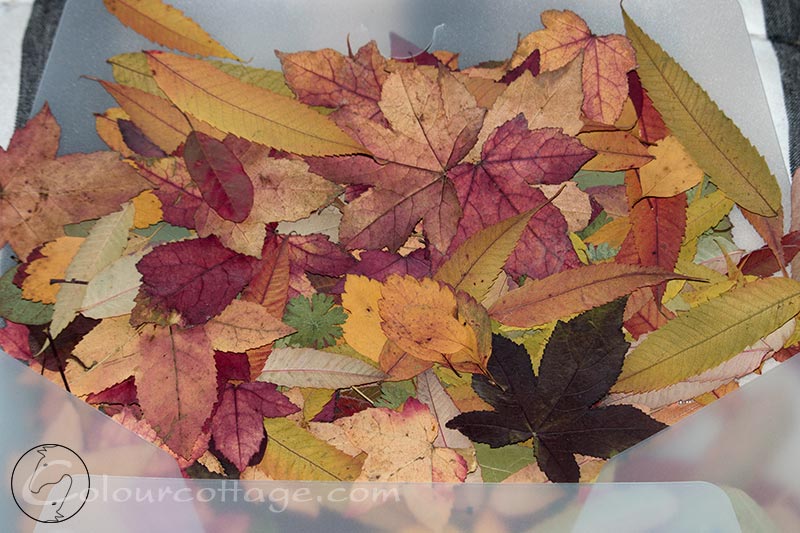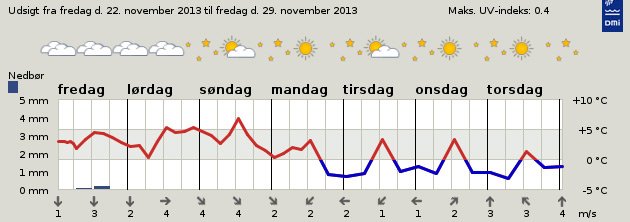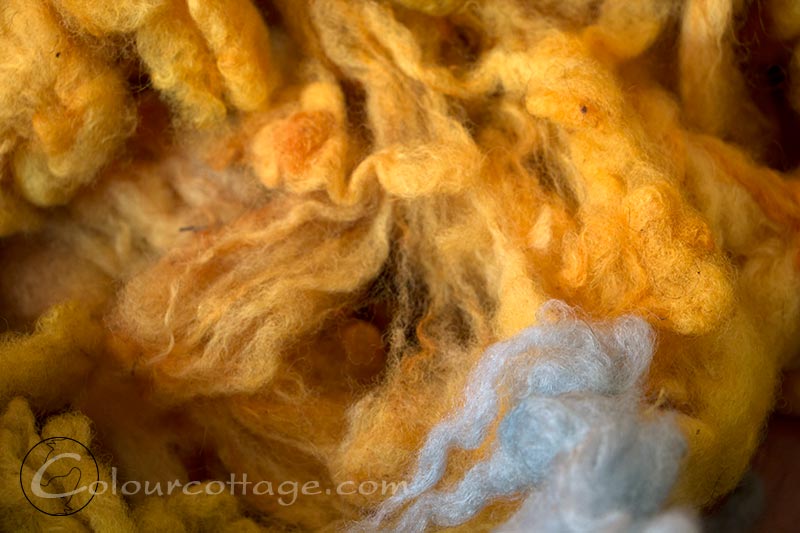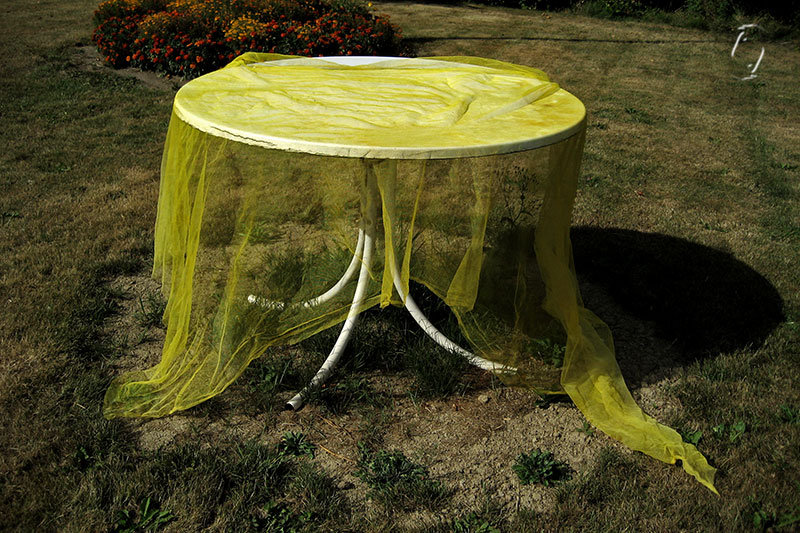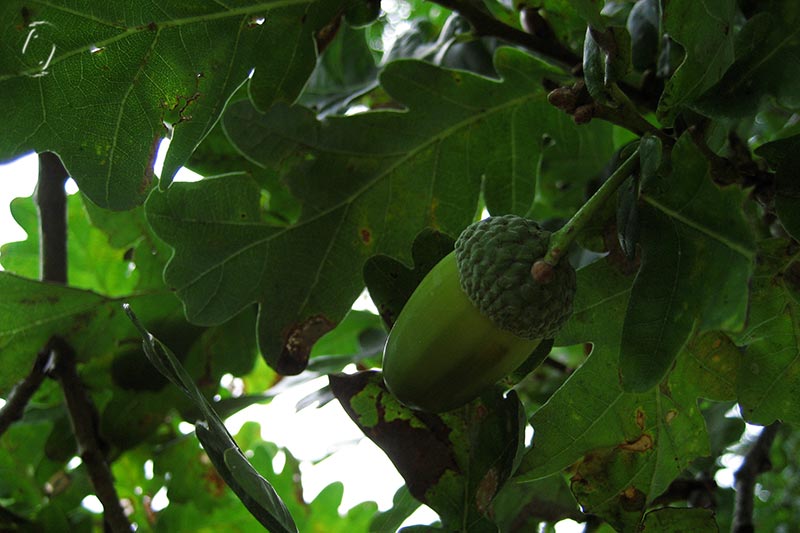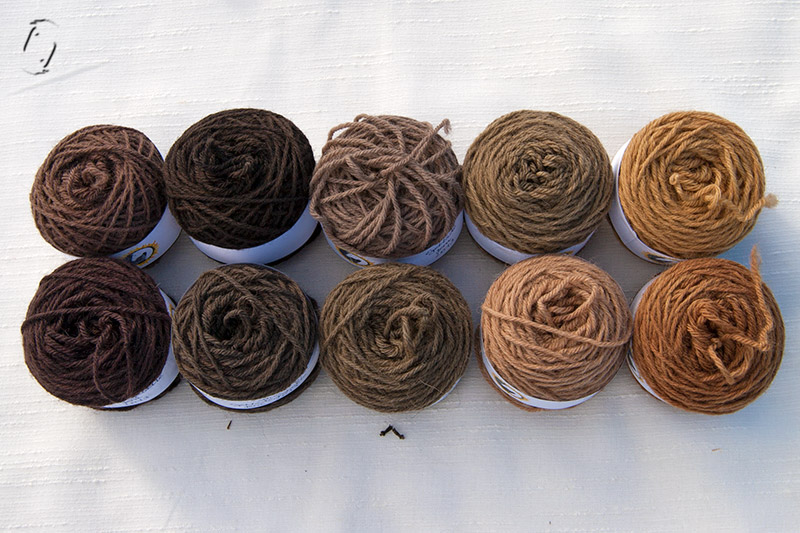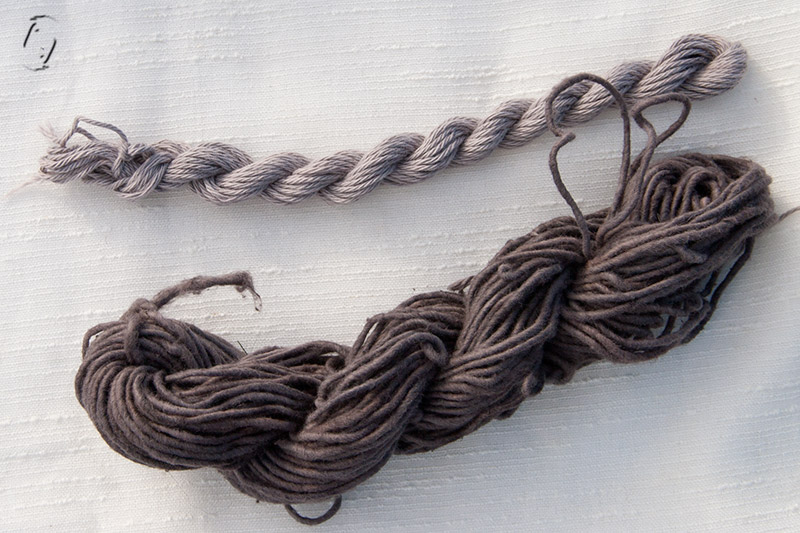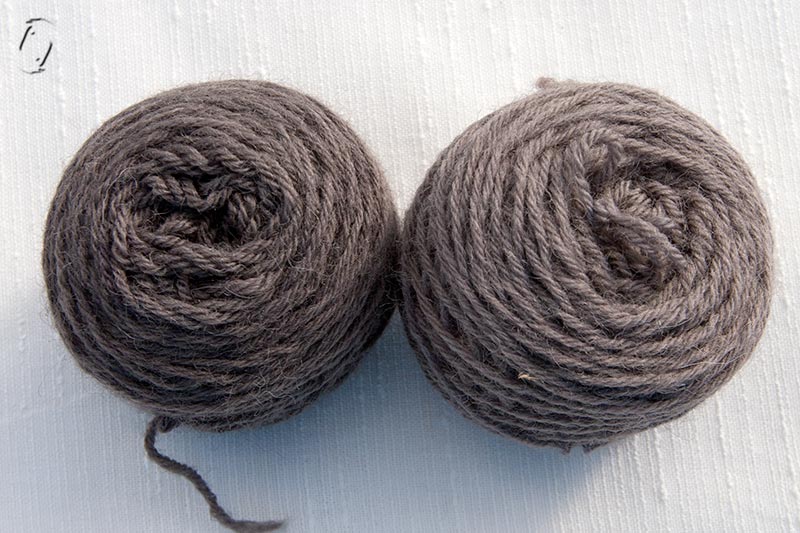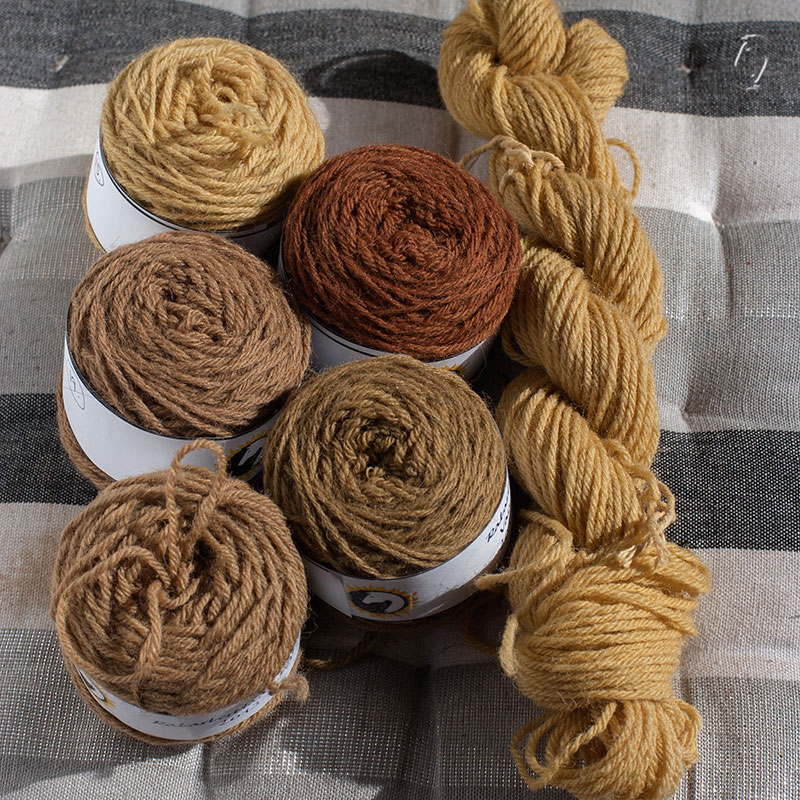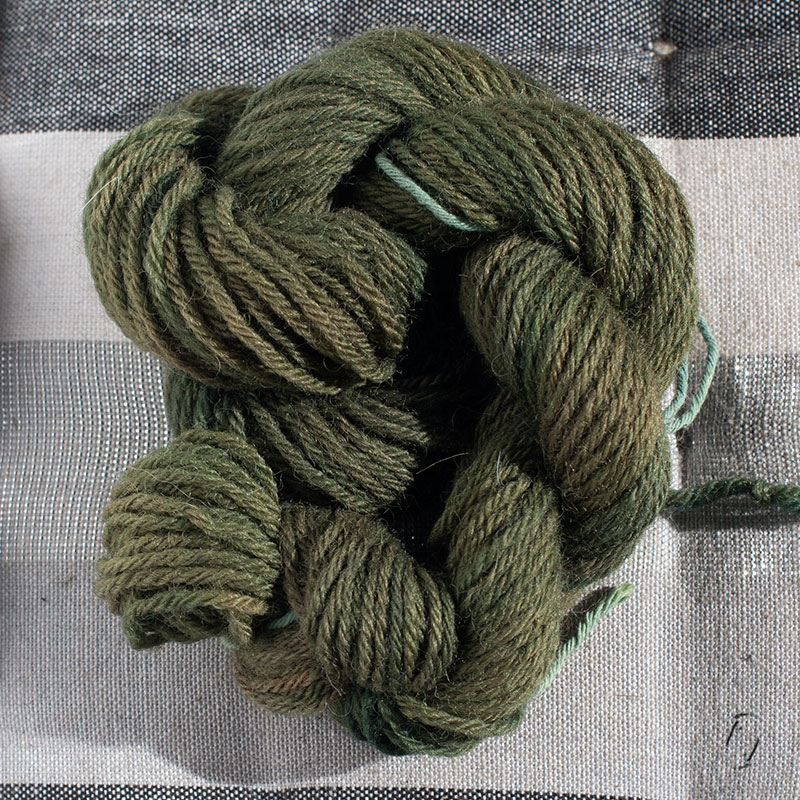Mid November, and yes, there are still a few things out there to forage.
I trimmed some wild rose bushes that were reaching over the riding ring fence, so while I was at it I picked the fruits off. I got this idea from Rima (you have to scroll down a bit) that I wanted to try – didn’t pick all that many as it was a bit awkward cutting with my left hand, but enough to give it a go I hope. Scratchy work too without gloves, but I can’t feel what I’m doing if I wear them, the downside being that you feel rather too much when you don’t 😉 I also put some of them in a stew that evening because I’d forgotten to buy mushrooms, but frankly I got impatient with scooping the seeds out, so I’m unsure if they actually added to the taste. Will try with bigger ones next year if this turns out like it’s supposed to – I’m wondering if it won’t all just mold. I’ve done it with fruit, sugar and rum, but never just sugar.
I also picked a tiny batch of woad to get more colour onto the fleece I dyed a couple of weeks ago, it still works fine, if not as strong as in summer. Some of the locks were so pale they were almost grey, but now at least they’re more like faded jeans.
Got the reddest of the apples off the lawn, made G peel them and yes, managed to get my winter supply of apple sauce done (I like it on oatmeal instead of sugar – and I have a great recipe for marzipan/apple sauce buns too). Only had two vanilla pods, but it turned out fine. I put the jars in the oven afterwards, the canning procedure means it can last for years just in a cool cupboard. I don’t use pretty photogenic jars, I just recycle whatever we buy. My kitchen is far from pretty either, more like shabby 70’s homemade. But you can cook in it and I have a new drumcarder!
The kale is of course fine in the cold, I use it both in salads and warm, sometimes I make pesto. Hopefully the caterpillars are done nibbling their portion? New recipes are welcome if you have any favourites.
Dug up the last potatoes, well, G did, and while there are not a lot I think it was a fine harvest from 9 plants, and a good size too. 3-4 kg at least.
I’ve been pressing leaves to use in collages, they got squished a bit more than I planned, paper thin and brittle, but at least they are bone dry. I hope they regain some colour if I cover them in acrylic medium, much like varnishing rocks does.
And now I think I can safely say that we’re moving into winter soon… There’s blue on the temperature curve for next week!
Sen høst
Her lige inden efterÃ¥ret slutter, er der stadig et par ting at hente i naturen. Hyben – som jeg vil prøve at rÃ¥sylte til saft ved at lade dem stÃ¥ i et glas nogen mÃ¥neder. Jeg tænker mug, men læste om det et sted; og da jeg alligevel skulle befri min ridebane for vildtvoksende rosengrene sÃ¥ blev det sÃ¥dan.
Jeg fandt også en lillebitte smule vaid til min råuld, ikke helt så god mere, men virkede dog godt nok til at give mere end gråt.
Ãblemos af nedfaldæbler, manden fik lov at skrælle. Jeg kommer godt med ægte vanilje i, det smager super pÃ¥ havregrød. Eller i familiens marcipanboller, som jeg ikke kan spise fordi de ikke bliver gode med glutenfri mel.
Gravet kartofler op har han ogsÃ¥, næsten en hel murerspand af bare 9 nedlagte kartofler, og pænt store ogsÃ¥, det er da ok udbytte. GrønkÃ¥len trives jo i kulden – nogen opskrifter I har lyst til at dele? Bruger det bÃ¥de i salater, som pesto eller varmt.
Og så har jeg presset blade til collager, de blev lidt fladere end jeg ønskede, papirtynde og skrøbelige, men i det mindste knastørre så de ikke rådner. Jeg håber farverne liver lidt op igen når de får en gang malemedium på toppen.

